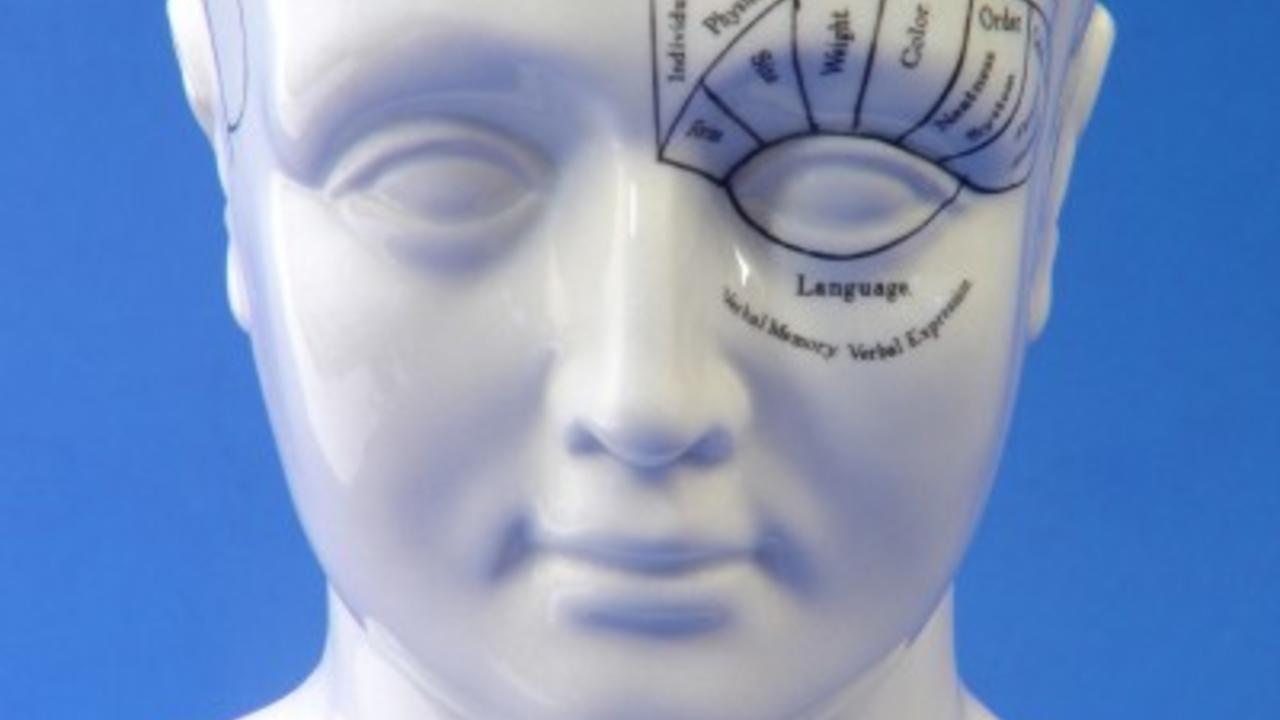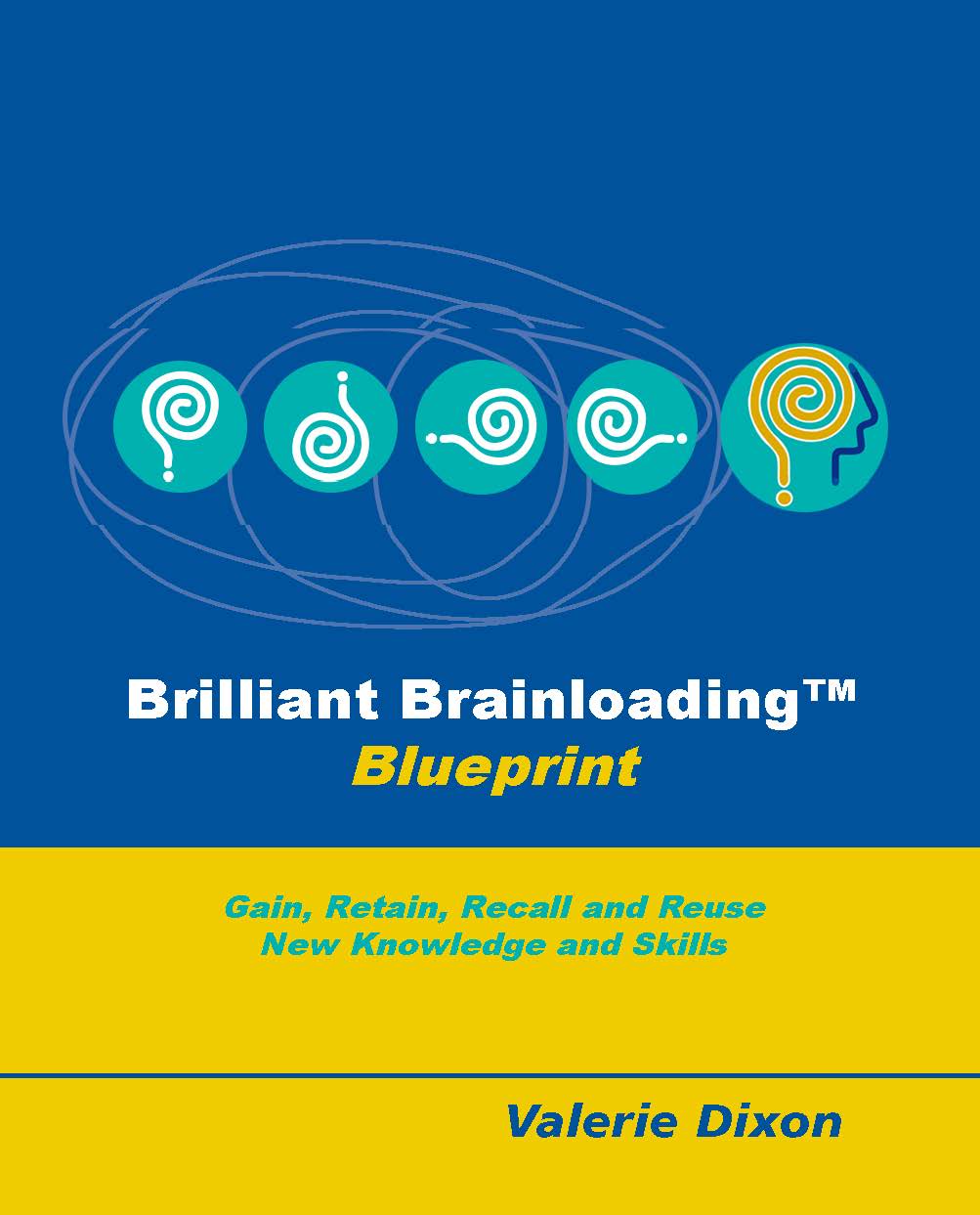Under What Conditions Does Your Brain's Neural Networks Learn Best?

You, as a learner, hate to be bored. Your brain snoozes when you don’t see or hear meaningful and motivational mental connections to your world.
An often told story of President Eisenhower is worth sharing. Ike was President of Columbia University after War II before he became President of the United States.
There was a particular courtyard on campus that was always being crossed by students, to the point that the grass was worn and people began to complain. Students were taking the shortest distance between two buildings for their courses.
The alternatives available to Ike were many:
- build fences to direct foot traffic,
- plant thorny hedges,
- change the classroom schedules,
- issue warnings and consequences for walking on the grass,
- ignore the issues, or
- pave the path.
He had the path paved. A great solution. Some urban planners and architects wait until the travel paths (patterns) develop, and then they build the paths or sidewalks.
You, as a learner, already have many worn paths through your mental neural networks. Your eyes light up when you can see and make sense how everything ties together into a knowable pattern.
Every time you begin a learning program (online, classroom-based, independent study, etc.) you are initiating a journey down known neural pathways or starting new neural pathways.
So under what 'neural pathways' conditions does your brain learn best?
Learning happens best when there is ATTENTION
Let’s begin with what goes on in your head when you are learning. First, learning requires attention. Effective training grabs your attention and holds it.
Unfortunately, the neural systems in your brain that controls attention and stores information as memory gets tired very quickly (in minutes). You need to rest these pathways every three to five minutes, or else they become much less responsive. They recover pretty quickly, but you have to work with this quick fatigue/boredom pattern to learn efficiently.
What grabs your attention? Fascinating or dramatic statistics, relevant stories, mind-catching analogies and emotion-packed examples will perk up your brain.
Learning happens best when there is MEANING
You learn faster and easier when the content has meaning in your world.
John Loudon McAdam, a Scottish engineer living in England in the early 1800s, noticed the difficulty people had trying to move goods and supplies over hole filled, often muddy, frequently impassable dirt roads. He got the great idea of raising the level of the road using layers of rock and gravel. This immediately made the roads more stable, less muddy and less flood-prone.
As county after county adopted his process, now called macadamization, an astonishing after-effect occurred. People instantly got more dependable access to one another’s goods and services. Trade grew. People got richer. By changing the way things moved, McAdam changed the way Londoners lived.
What does this have to do with learning? McAdam’s central notion wasn’t to improve goods and services, but to improve access to goods and services. You can do the same for your brain by improving the way your brain receives the information. It needs to be meaningful.
Meaning starts with doing a really good job of understanding key concepts or new terminology. If you don’t know what a term or word means the path to figuring out the underlying layers and levels of information is hindered resulting in a very bumpy, uneven and difficult brain path.
Another way you can smooth your information uptake process is to mentally engage with content that is organized in meaningful chunks to make it more accessible to the your brain. Following the ‘Never Over Seven’ rule ensures that any content list over seven items is grouped or clustered for easier brain loading.
Learning happens best when there is MOTIVATION
Being motivated to learn is half the battle. When you know that the learning is going to have some personal WIIFM (What’s In It For Me) elements you will be more interested and curious about what you are going experience.
There is value in remembering that PULLING learning motivation from an already primed learner (you) is 100% more effective than PUSHING learning motivation at the learner I(you). Learning is something you do for yourself.
Learning happens best when there are MENTAL CONNECTIONS
As soon as learning content is presented to your brain, your brain is mentally scanning your memory banks to see if it sounds or looks familiar. Your brain is asking, ‘What’s this similar to?’ ‘How does this connect to what I already know or can do?’
The starting point for learning occurs when your existing knowledge is activated through the process of connecting to and feeding information into your brain.
Imagine that there are brain hooks, clips, or hangers waiting to be used in each part of your brain. Tossing the information in and hoping for the best just won’t work. Just like a carnival game. Instead, you need to target what is being presented to your brain so that when the connection is made, you win the big stuffed animal (metaphorically that is).
Learning happens best when there is MEMORABLE CONTENT
Sometimes what is being presented needs to be bizarre or unusual for your brain to actively listen and remember. Have you noticed that you can remember painful experiences with more clarity than everyday activities? Emotions, including laughter, help make ideas become more memorable.
Also, varying the type of content and how it’s presented makes it more memorable. For example, seeing visual images, hearing sounds and words in various combinations help build memory traces in your brain.
Learning happens best when there is ACTION
Learning means action. Think of this as the ‘Go’ stage of ‘Get Ready, Get Set, and Go’. The race is on. Malcolm Gladwell, in his book, Outliers: The Story of Success, states that it takes 10,000 hours to be a world-class expert in virtually anything.
So practice literally builds the neural networks of expertise. Genetics may allow one person to build synapses faster than another, but either way the lesson must still be learned. Genius must be built.
You need to interact with the information in a variety of dynamic ways as well as discuss it with others or repeat it in your head (verbal self-talk) to aid recall. Using creative interactions such as games and quizzes also build better retention.
Learning happens best when there is REPETITION
You need to repeat what you've seen, heard, said, and/or felt more than once. Young children repeat activities over and over again. As an adult you may think that somehow once is enough. It’s not.
Eric Kandel of Columbia University in New York, who won a Nobel Prize in 2000 for discovering much of the neural basis of memory and learning, has shown that both the number and strength of the nerve connections associated with a memory or skill increase in proportion to how often and how emphatically the learning content is repeated. Recall becomes effortless and eventually automatic when learners repeat what they’ve learned until they know that they know that they know (and can do)
Paving neural pathways – your own and others
Now that you under what 'neural pathway' conditions learning happens best, you can consider how well you are paving your neural pathways to achieve your learning goals. You can improve your own learning efficiency and effectiveness.
Learning happens when there is:
- attention
- meaning
- motivation
- mental connections
- memorable content
- action, and
- repetition.
Brain hooks anyone?
ABOUT THE AUTHOR
Valerie Dixon, M.Ed., CTDP, President of Learnware Design Inc., (www.learnware.com) is a leading learning efficiency and effectiveness strategist and thought leader in the field of workplace learning and performance. Valerie has over 40 years of experience in all aspects of performance needs analysis, learning organization strategy development and learning design. She is the creator and designer of programs and products that accelerate job competence™.
Learnware.com
We are learning experts who work with organizational leaders and employees to accelerate job competence™ for increased performance, productivity, and profits.
Brilliant Brainloading™ Blueprint eBook
Follow the proven Brilliant Brainloading™ Blueprint (150 pages) that explains what 6 competencies, 20 skills and hundreds of strategies to use to effectively and efficiently go from Brain BOG to Brain BRIGHT!

Download the Brilliant Brainloading™ Blueprint – ebook $19.99 (includes tax) https://www.learnware.com/offers/koynQoAa
Brilliant Brainloading™@Work Program
Learn more about the Brilliant Brainloading™ Process, Skills and Strategies explained in the Brilliant Brainloading™@Work (Online Program). It will transform the way you take in and process information for accelerated job competence™!
Learnware™@Work Bulletin
Stay connected with news and updates
Join our mailing list to gain new insights and ideas about how to build better brains (both your own and your employees) for the future of work and learning!
We hate SPAM. We will never sell your information, for any reason.

